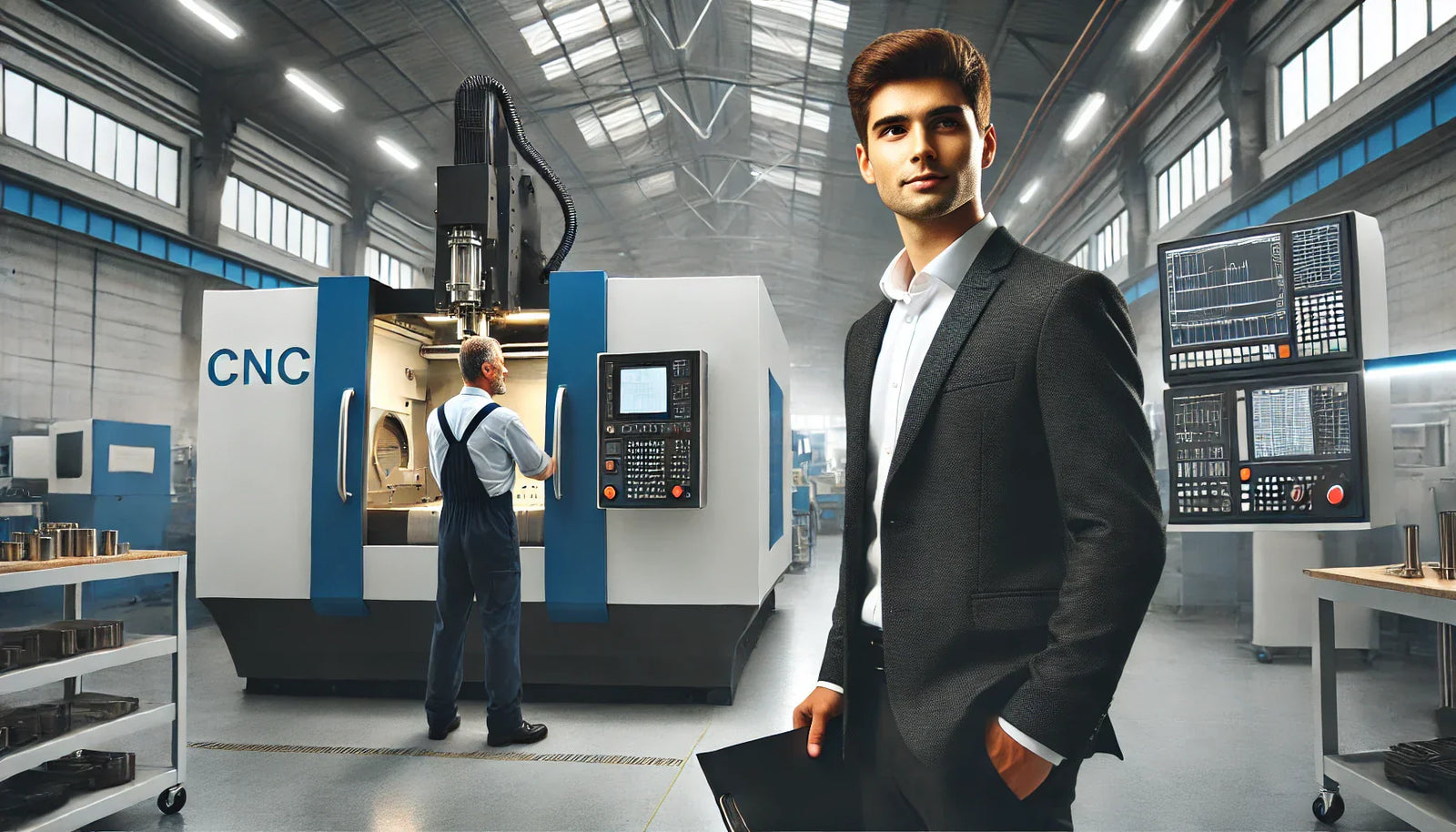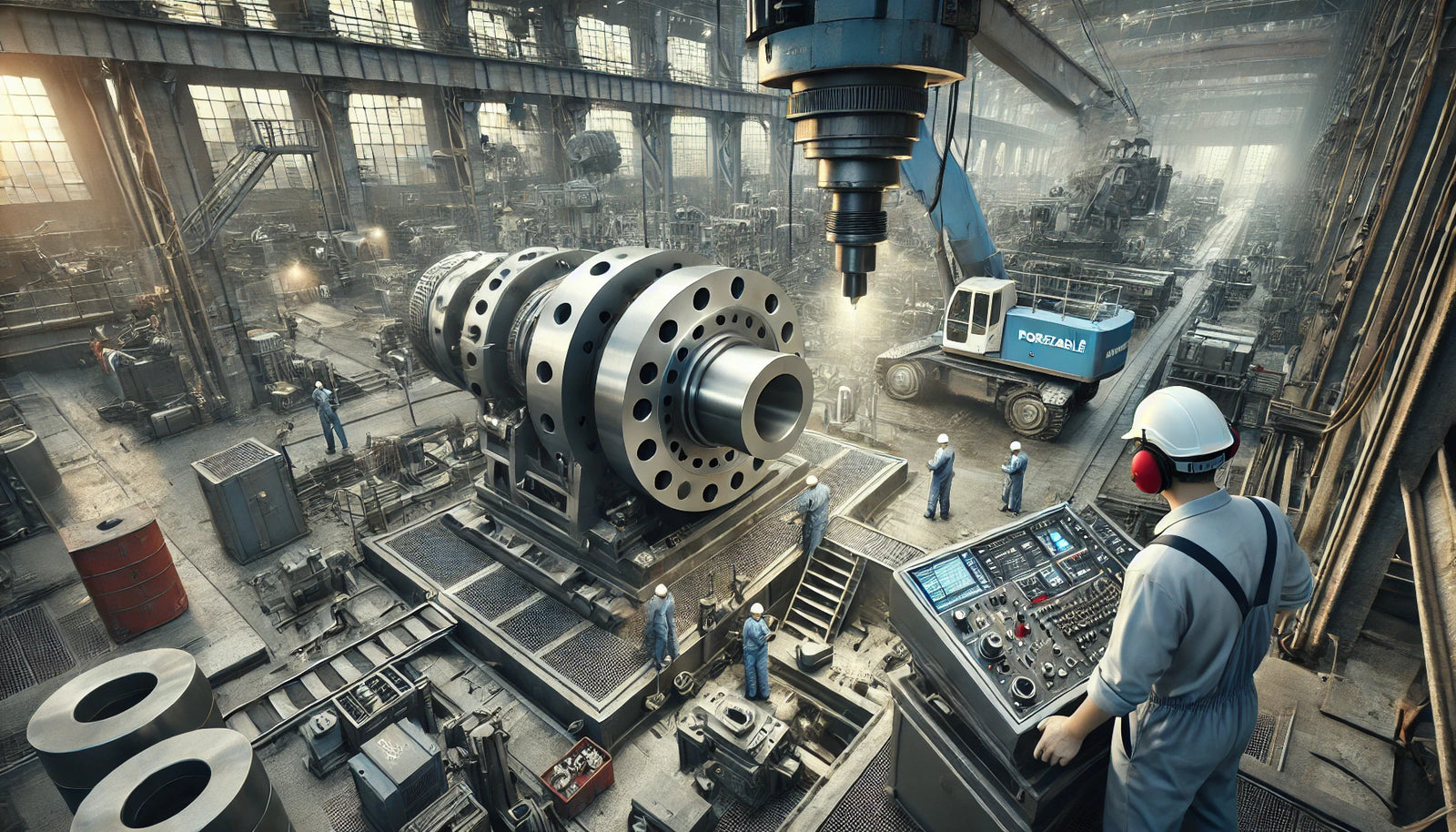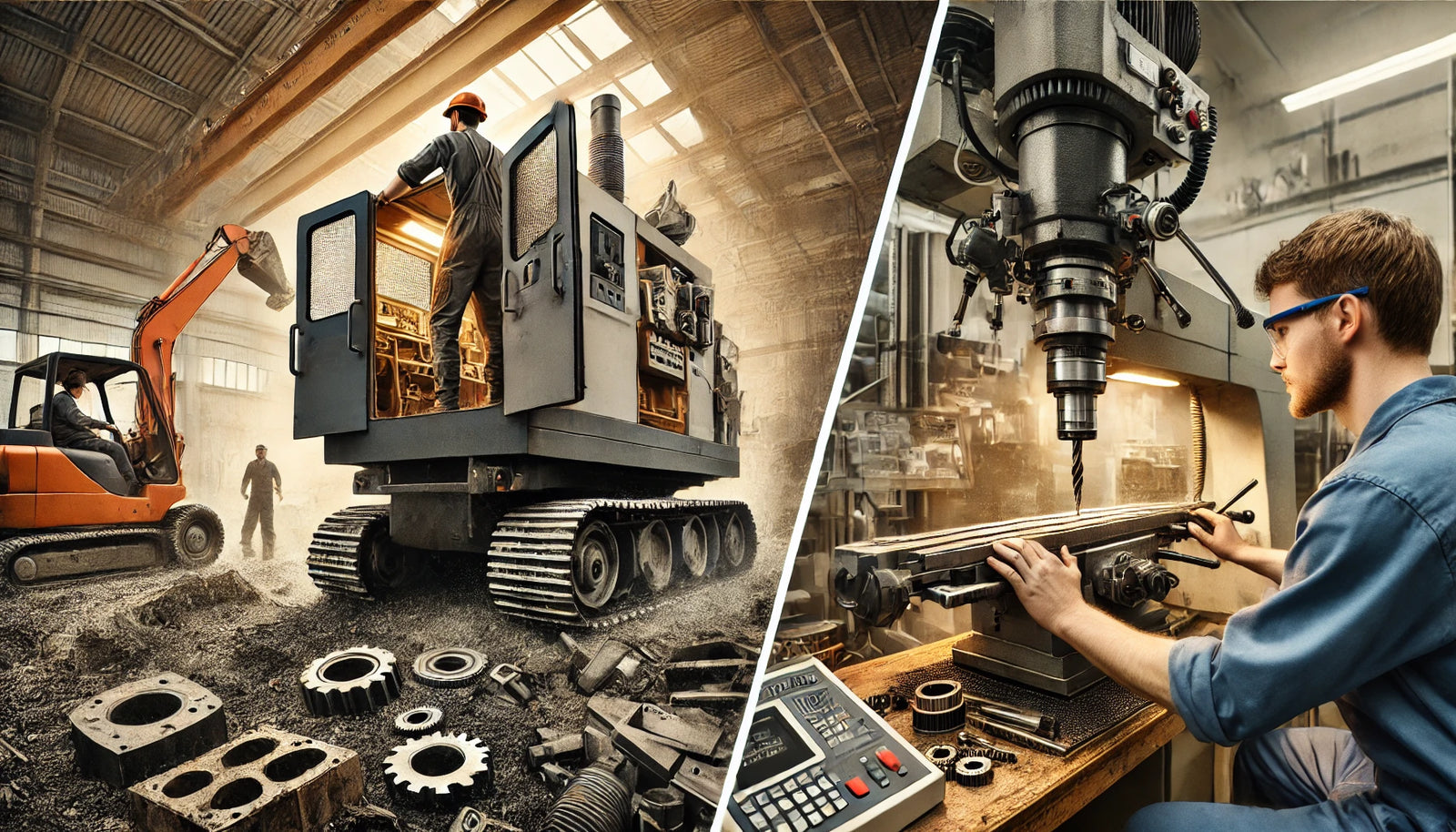How CNC Hydraulic Press Brakes Revolutionize Sheet Metal Bending
In the world of sheet metal fabrication, precision is everything. From complex components in aerospace engineering to structural parts in the automotive industry, accuracy in metal bending is critical to both performance and safety. Traditional press brakes have long been a staple in bending operations, but with the advent of CNC (Computer Numerical Control) technology, a new era of efficiency, consistency, and precision has arrived. CNC hydraulic press brakes, in particular, are changing the game for fabricators, offering a host of advantages that are revolutionizing sheet metal bending.
What is a CNC Hydraulic Press Brake?
A CNC hydraulic press brake combines the power of hydraulic systems with the precision of CNC control. In simple terms, this machine bends sheet metal by pressing it between a punch and a die, while the CNC system ensures that every bend is executed with perfect accuracy according to the programmed design. The hydraulic system provides the necessary force, while the CNC controls the positioning and movement of the punch and die with extreme precision.
The result is a machine that can produce complex bends in a wide variety of materials with unmatched accuracy, efficiency, and repeatability.
Key Benefits of CNC Hydraulic Press Brakes
-
Unparalleled Precision and Consistency
One of the most significant advantages of CNC hydraulic press brakes is their ability to achieve precise, consistent bends every time. Whether you're bending a single sheet or producing hundreds of components, the CNC system ensures that each part meets exact specifications with minimal deviation. This precision is especially important in industries like aerospace and automotive manufacturing, where even slight variations can lead to costly errors or safety concerns.
The CNC software allows operators to program complex sequences of bends, including those with tight tolerances, ensuring every bend is as accurate as the last. It also accounts for variables such as material thickness, tensile strength, and spring-back, further enhancing precision.
-
Increased Efficiency and Productivity
With CNC control, the entire bending process becomes faster and more efficient. The system allows operators to store multiple programs for different bending operations, reducing setup time and allowing for quicker transitions between jobs. This is particularly beneficial in high-mix, low-volume production environments, where operators need to switch between different parts and designs frequently.
Furthermore, CNC hydraulic press brakes automate much of the bending process, reducing manual intervention. This not only speeds up production but also minimizes the likelihood of human error, leading to higher overall productivity.
-
Reduced Material Waste
In traditional bending operations, errors in angle or alignment can lead to wasted material. CNC hydraulic press brakes, however, mitigate this issue by ensuring that every bend is made with precision. The accuracy of these machines results in fewer mistakes, less rework, and reduced material waste. Over time, this can lead to significant cost savings for manufacturers.
-
Enhanced Flexibility and Versatility
CNC hydraulic press brakes are designed to handle a wide range of materials, from thin sheets of aluminum to thick plates of steel. This versatility allows manufacturers to use a single machine for various applications, whether it's bending complex shapes, producing prototypes, or handling large-scale production runs.
The CNC system makes it easy to adjust parameters for different materials and designs, allowing operators to quickly adapt to changing production needs. With the ability to program complex bending sequences, these machines can produce parts that would be difficult or impossible to create with manual controls.
-
Improved Safety and Ease of Use
Operating a press brake can be dangerous, especially when handling large sheets of metal. CNC hydraulic press brakes improve safety by automating many aspects of the process. Operators are less likely to be exposed to hazardous conditions, as they no longer need to manually adjust the machine for each bend.
Additionally, the user-friendly interfaces of modern CNC systems make it easier for operators to input designs, adjust settings, and monitor production. This reduces the learning curve for new operators and ensures that the machine can be used efficiently with minimal training.
CNC Hydraulic Press Brakes: The Future of Sheet Metal Bending
As the demand for higher precision and efficiency grows across industries, CNC hydraulic press brakes are poised to become a standard tool in sheet metal fabrication. These machines offer the perfect blend of power, precision, and automation, enabling manufacturers to meet the ever-increasing demands of modern production.
Whether you're producing large batches of simple components or working on complex, high-precision parts, CNC hydraulic press brakes can help you achieve better results in less time, with fewer errors and reduced material waste. Their versatility, efficiency, and precision make them an indispensable asset in any fabrication shop.
In a world where precision is key, CNC hydraulic press brakes are revolutionizing the sheet metal bending process—bringing us closer to perfection with every bend.
By integrating CNC hydraulic press brakes into your fabrication processes, you’re not just investing in a machine—you’re investing in the future of manufacturing.





